
Christmas lights (also known as fairy lights, festive lights or string lights) are lights often used for decoration in celebration of Christmas, often on display throughout the Christmas season including Advent and Christmastide. The custom goes back to when Christmas trees were decorated with candles, which symbolized Christ being the light of the world. The Christmas trees were brought by Christians into their homes in early modern Germany.
Christmas trees displayed publicly and illuminated with electric lights became popular in the early 20th century. By the mid-20th century, it became customary to display strings of electric lights along streets and on buildings; Christmas decorations detached from the Christmas tree itself. In the United States, it became popular to outline private homes with such Christmas lights in tract housing beginning in the 1960s. By the late 20th century, the custom had also been adopted in other nations, including outside the Western world, notably in Japan and Hong Kong. It has since spread throughout Christendom.
In many countries, Christmas lights, as well as other Christmas decorations, are traditionally erected on or around the first day of Advent. In the Western Christian world, the two traditional days when Christmas lights are removed are Twelfth Night and Candlemas, the latter of which ends the Christmas-Epiphany season in some denominations Leaving the decorations up beyond Candlemas is historically considered to be inauspicious.
The Christmas tree was adopted in upper-class homes in 18th-century Germany, where it was occasionally decorated with candles, which at the time was a comparatively expensive light source. Candles for the tree were glued with melted wax to a tree branch or attached by pins. Around 1890, candleholders were first used for Christmas candles. Between 1902 and 1914, small lanterns and glass balls to hold the candles started to be used. Early electric Christmas lights were introduced with electrification, beginning in the 1880s.
The illuminated Christmas tree became established in the UK during Queen Victoria's reign, and through emigration spread to North America and Australia. In her journal for Christmas Eve 1832, the 13-year-old princess wrote, "After dinner.. we then went into the drawing-room near the dining-room. There were two large round tables on which were placed two trees hung with lights and sugar ornaments. All the presents being placed round the trees". Until the availability of inexpensive electrical power in the early 20th century, miniature candles were commonly (and in some cultures still are) used.
The first known electrically illuminated Christmas tree was the creation of Edward H. Johnson, an associate of inventor Thomas Edison. While he was vice president of the Edison Electric Light Company, a predecessor of today's Con Edison electric utility, he had Christmas tree light bulbs especially made for him. He proudly displayed his Christmas tree, which was hand-wired with 80 red, white and blue electric incandescent light bulbs the size of walnuts, on December 22, 1882 at his home on Fifth Avenue in New York City. Local newspapers ignored the story, seeing it as a publicity stunt. However, it was published by a Detroit newspaper reporter, and Johnson has become widely regarded as the Father of Electric Christmas Tree Lights. By 1900, businesses started stringing up Christmas lights behind their windows.[10] Christmas lights were too expensive for the average person; as such, electric Christmas lights did not become the majority replacement for candles until 1930.
In 1895, US President Grover Cleveland sponsored the first electrically-lit Christmas tree in the White House. It was a huge specimen, featuring over a hundred multicolored lights. The first commercially-produced Christmas tree lamps were manufactured in strings of multiples of eight sockets by the General Electric Co. of Harrison, New Jersey. Each socket took a miniature two-candela carbon-filament lamp.
If you want to read a whole lot more, go here: https://en.wikipedia.org/wiki/Christmas_lights
- 2 (6-ounce) packages macaroni and cheese
- 5 tablespoons butter, melted
- 1/2 teaspoon dry mustard
- 3 eggs, beaten
- 2 cups shredded cheddar cheese, divided
- 4 hot dogs, cut into 1/2-inch slices (see Note)
- Preheat oven to 350º. Coat a 9- x 5-inch loaf pan with cooking spray.
- Cook macaroni according to package directions; drain and return to pot. Add butter, the cheese packets, and mustard; mix until thoroughly combined. Stir in eggs and 1-1/2 cups cheese; mix well. Stir in hot dog slices. Spoon mixture into loaf pan.
- Bake 35 minutes, then sprinkle with remaining 1/2 cup cheese. Continue baking 15 minutes, or until golden. Let sit 10 minutes, then slice and serve immediately.
***If using jumbo hot dogs, you'll only need 3.
human being hit by a rock from space

1952 – Mandy Patinkin, American actor and singer
1965 – Ben Stiller, American actor
- Windows Update is enabled.
- Antivirus software is installed and running.
- Windows Firewall is turned on.
- The software on my computer is up to date.
- Strong passwords are always used.
- Passwords are not shared or written down.
- A password is required to access my computer.
- Unused programs are removed.
- My home wireless network is secured.
- My important data is regularly backed up.
- I use caution when I browse the Internet.
- I log off the computer when I’m not using it.
- My web browser does not store or remember my passwords.
- Temporary Internet files are periodically removed.





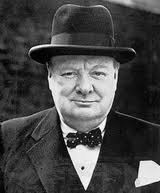
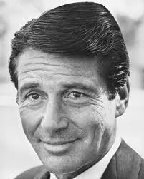
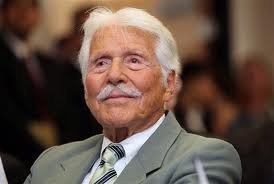
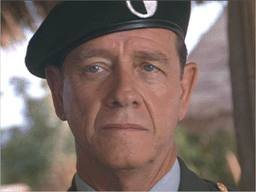
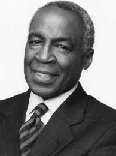

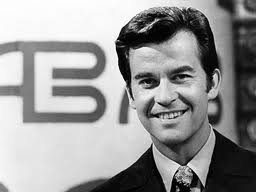
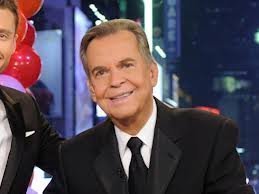

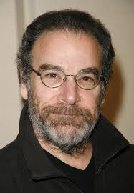
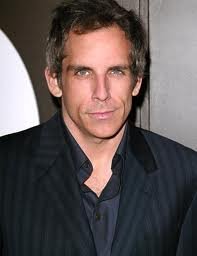

1 comment:
Merry Christmas!
Thanks for tip on fun way to change up how macaroni and cheese might be served.
I have an etching of Mark Twain’s Connecticut home in my study. To breathe the air where he wrote is on my bucket list.
God bless you
Lydia
Post a Comment